Last updated on March 14, 2024

High Tide (Dominaria Remastered) | Illustration by Jeff Miracola
As a Magic player I’m a big fan of Limited content. I get excited to play Vintage Cube on MTGO every time the Christmas season is near. The same happens whenever the Arena Cube is around on MTGA, because it's more accessible and fun than any other events on the platform.
Sad as it may be, building your cube with cards of similar power levels to the above can be somewhat pricey and hard to put together. But what if I told you there's a way to play Cube on a budget with a lot of cards at your disposal?
Here’s a look at some of the best budget-friendly cards and decks you can build in Pauper Cube. Whether you're a beginner looking to get into the format or an experienced player hoping to stay within a budget, I have something for everyone. Grab your favorite Pauper cards and let's get started!
What Is a Pauper Cube?

Gelatinous Cube | Illustration by Olivier Bernard
Pauper Cube is a cube made with Pauper cards. Every card in the cube has been printed at a common rarity at some point Magic’s in history. This makes it an excellent way for players to experience the full range of the game without spending too much money.
Like many other Cubes in different formats, a Pauper Cube isn’t a fixed one, so it's up to each Cube owner what cards they include in it. This means there are no banned cards.
Where Can You Play Pauper Cube?
There are different ways you can play Cube, but they’re basically the same as regular ones. Ideally you could build one yourself with your collection and play with your friends at your local game store or hosting friends yourself.
Another way to play a Pauper Cube is to upload it on sites like Cube Cobra and make Draft sessions there. Once you get your pool you can play it digitally on different programs like MTGA, MTGO, or Cockatrice.
Is Pauper Cube on MTGO? MTGA?
Short answer, no. There hasn’t been any time when WotC made events around Pauper Cubes on either of their main digital platforms. You can draft Pauper Cube on Cube Cobra and then play them digitally.
How Many Cards Are in a Pauper Cube?
This is up to each cube owner. The recommended card pool size is 360 cards since Pauper Cube follows the same rules as a regular Cube, which can support eight players.
What Cards Are Staples in Pauper Cube?
Despite their rarity, cards in Pauper Cubes can be very powerful. High Tide and Chatterstorm are good examples, both cards banned from regular Pauper that are the main enablers of core strategies in other formats like Legacy.
Let's go over some of the staples of Cube.
Removal Spells
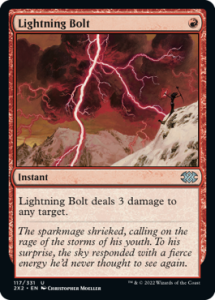
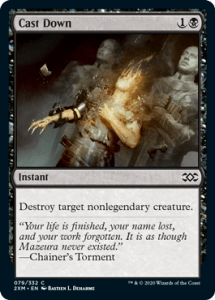
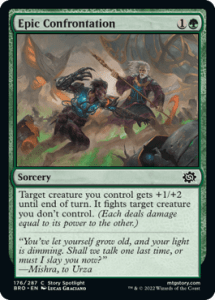

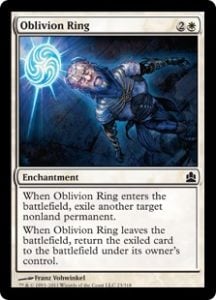
Some of the most powerful removal spells ever printed throughout Magic's history have been common cards. Take Lightning Bolt, a card that's used in every eternal format and is an excellent removal spell in the initial picks of your drafts. Other important removal spells of the format are Cast Down, Epic Confrontation, Fall from Favor, and Oblivion Ring among others.
Ramp Spells
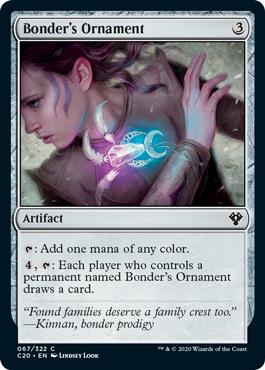
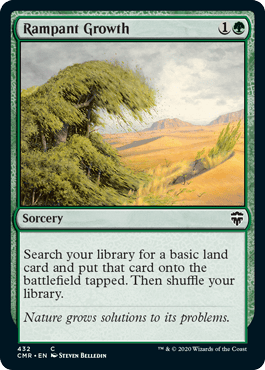
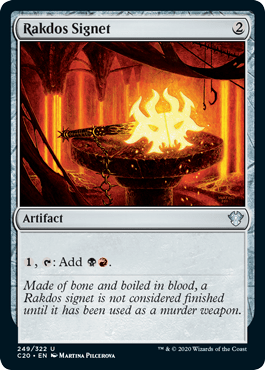
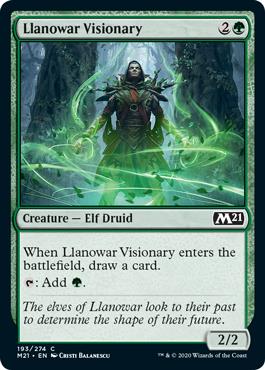
Some midrange strategies that may want to play giant creatures early, like Boarding Party or Annoyed Altisaur, need cards like Bonder's Ornament, Rampant Growth, Rakdos Signet, and Llanowar Visionary to play them early.
Creatures
Creatures with an ETB effect are usually great for Pauper Cubes. You may need different types between aggressive, midrange, and control depending on the archetype you want to build.
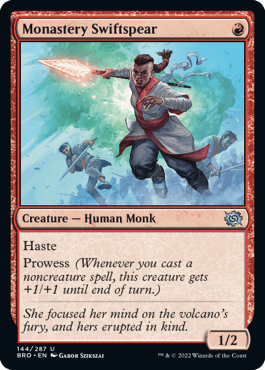
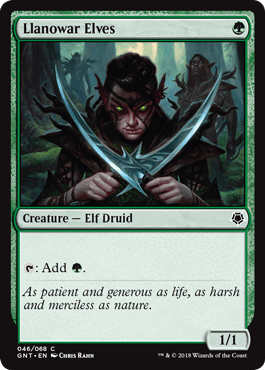
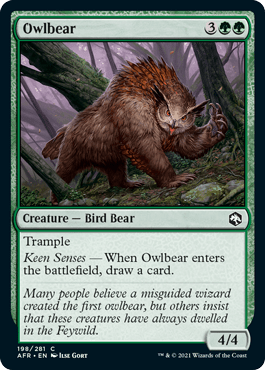
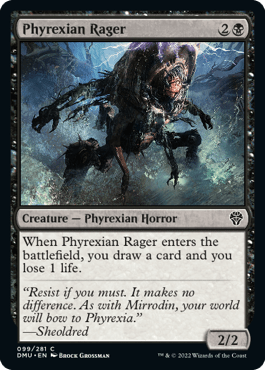
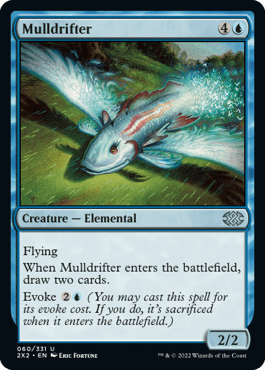
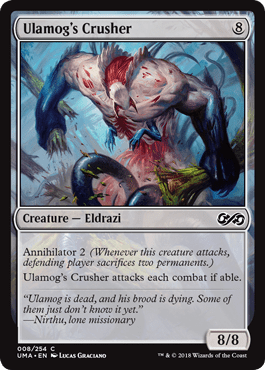

Some examples are Monastery Swiftspear, Llanowar Elves, Owlbear, Phyrexian Rager, Mulldrifter, Ulamog's Crusher, and Tolarian Terror.
Lands
Mana base is a critical part of deckbuilding, and in Cube and Limited it’s basically always to prioritize lands over medium and lower-tier picks.
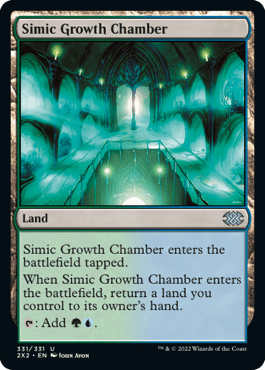
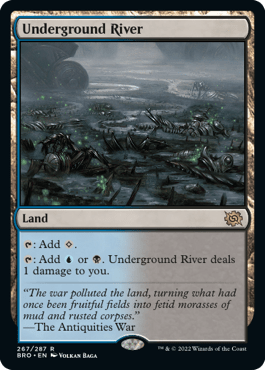


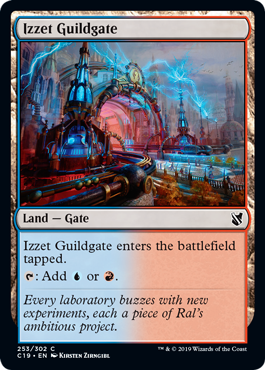

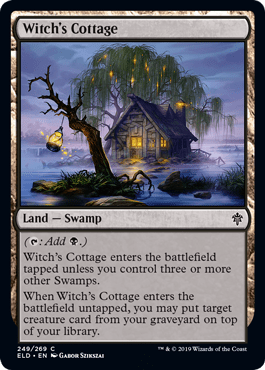
Some notable land types include bounce lands, dual lands, cycling lands, artifact lands, gates, thriving lands, and others that may generate more than one kind of color or have an extra effect, like Witch's Cottage.
Card Draws
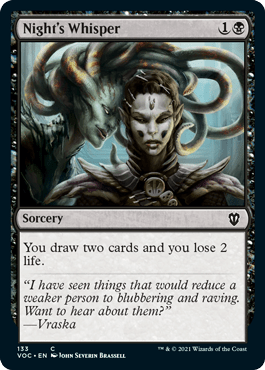

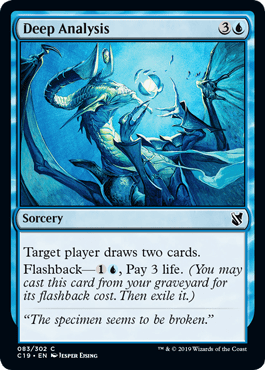
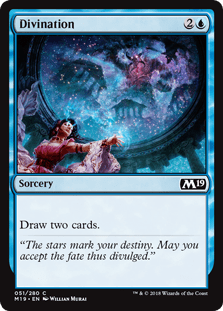

Cards that draw you more than one are always good to get your hands on in Limited games. Popular examples of Pauper staples are Night's Whisper, Big Score, Deep Analysis, Divination, and Gush.
Pauper Cube Draft Tips
I think I’ve mentioned this several times, but this varies depending on how the cube is built. If you’re familiar with Limited you should already be able to identify the good cards that overperformed in each set.
For those who aren't as familiar, here are some common things you need to keep in mind.
Draft Decks, Not Cards
When in a pod, prioritize cards that fit your deck over raw power cards.
Responsible Removal
This means using your removal for creatures that may be hard to deal with, like the one with the greatest power or the one with evasion, instead of just using it on a small creature you can block later and just taking a couple hits.
Prioritize Evasive Creatures
Evasion is premium at the common level, and its only natural colors are blue (fliers) and black (menace). Because of that you should take them highly if they fit into your gameplan.
Draft Card Advantage
This primarily refers to cards that provide more than just a body on the field like Sarulf's Packmate, Mulldrifter, and Jewel Thief.
Lands Matter
You need to be mindful of drafting dual-colored lands and sources that allow you to splash more colors to draft more complex decks and gain access to removal in other colors or enable different interactions. Just don't look down at them.
Pauper Cube Archetypes
The archetypes of Pauper can vary between each cube, but here are some ideas of ones that you can try yourself if you decide on building one.
Aggro
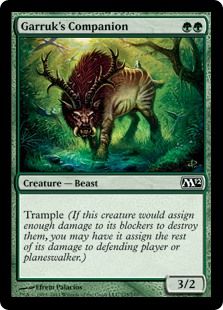

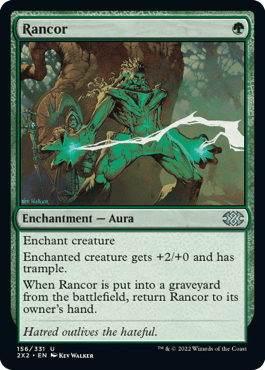
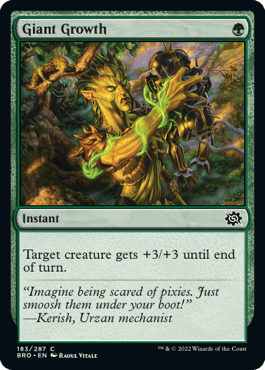
Aggressive archetypes are famous for running one or two colors. They tend to play cheap creatures that hit hard to finish things up quickly, like Garruk's Companion and Goblin Heelcutter. They can be paired with cards like Rancor, Giant Growth, and removal spells to win combats and clear the board.
Control

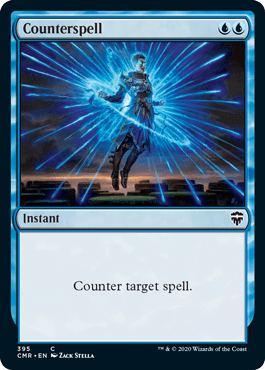
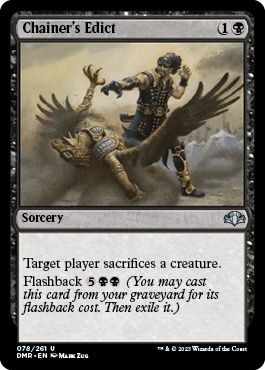
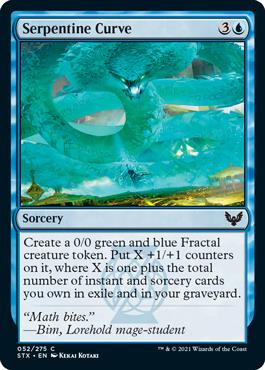

Control decks, on the other hand, tend to slow things down with a combination of countermagic and removal spells. They win games with big creatures or alternate win conditions, like Ill-Gotten Inheritance. Some other popular cards are Counterspell, Chainer's Edict, Serpentine Curve, and Whirlwind Adept.
Midrange

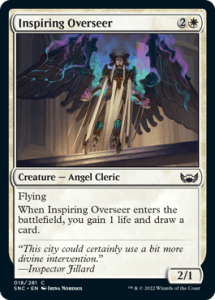
There’s an in-between of aggressive decks and control decks in midrange strategies. These rely mostly on ETB creatures like Liliana's Specter and Inspiring Overseer to amass card advantage while adding power to the board. Cards that grant initiative or monarch are first-pick cards.
Tempo
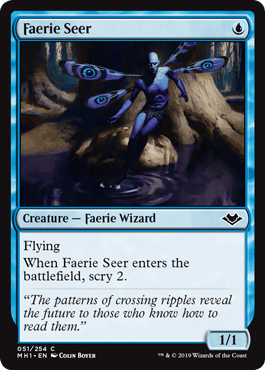
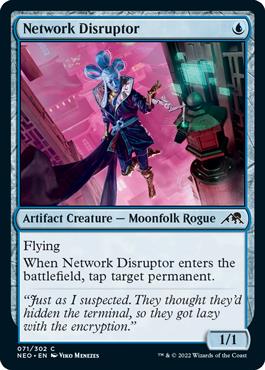


These kinds of decks run cheap evasive creatures like their regular Pauper-constructed counterparts, along with countermagic and removal to control the game while dealing damage to your opponents. Fliers like Faerie Seer and Network Disruptor are preferred, and spells like Counterspell and Chain Lightning should be drafted alongside them.
Flicker

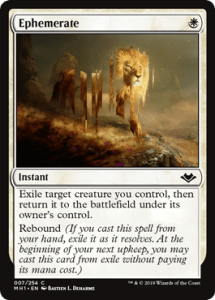

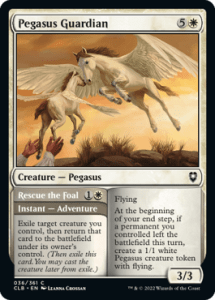
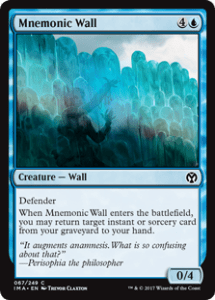
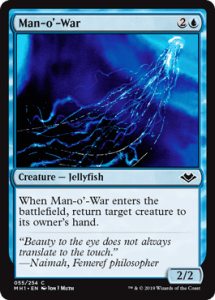
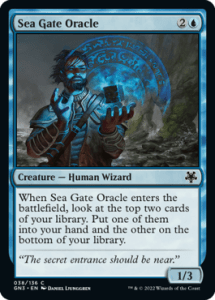
Spirited Companion is an example of a value creature that has an ETB effect that can be paired and prioritized to maximize its potential with cards like Ephemerate, Ghostly Flicker, and Pegasus Guardian. Other important creatures for this archetype include Mnemonic Wall, Man-o'-War, and Sea Gate Oracle.
Aristocrats


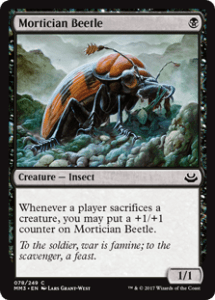
For those unfamiliar with it, artistocrats refers to a strategy based on sacrificing creatures and triggering “when this creature dies” effects. Some popular enablers include Blisterpod and Carrion Feeder, and payoffs include Mortician Beetle.
Tokens
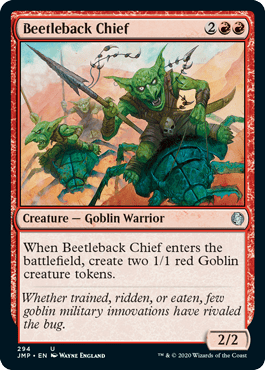



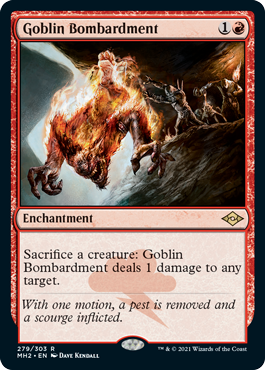
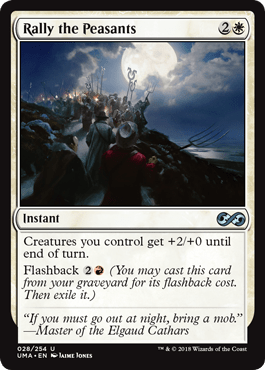
Beetleback Chief, Battle Screech, Triplicate Spirits, and Dragon Fodder are examples of the token makers that play a significant role in this archetype. They’re paired with cards that support having multiple creatures on the battlefield to finish things off, like Goblin Bombardment and Rally the Peasants.
Combo
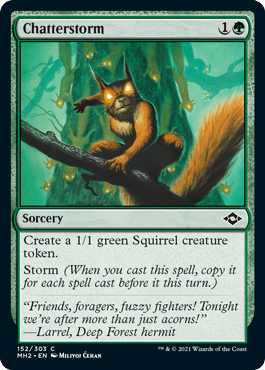
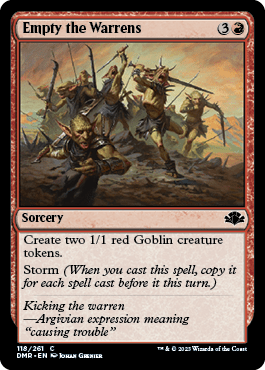
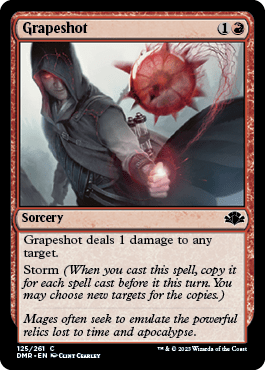


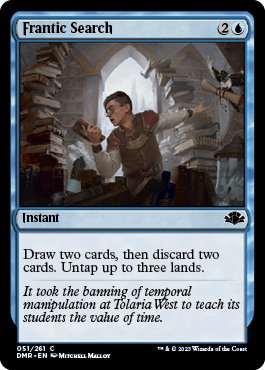
Chatterstorm, Empty the Warrens, and Grapeshot are the cards you may want to build around. From there it’s a matter of drafting cards like High Tide, Galvanic Relay, and Frantic Search to assemble the necessary pieces of the deck.
Affinity
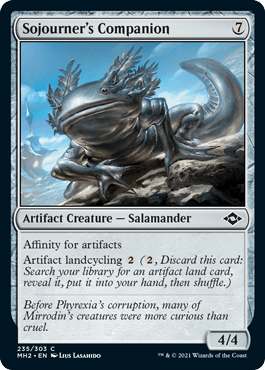

This archetype should be evident since the idea is to prioritize cards with affinity for artifacts on them like Sojourner's Companion or Gearseeker Serpent, and draft artifacts and artifact lands to make them cheaper to play.
Enchantments
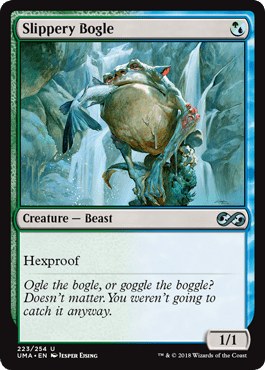
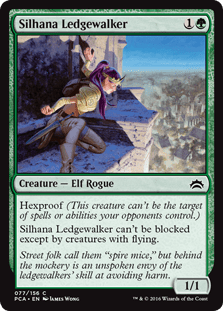

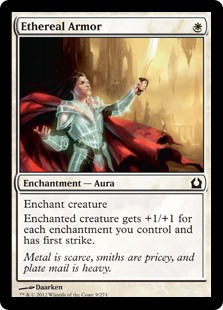
This can go multiple ways depending on how the cube is built, but commonly the plan is to prioritize creatures with protection clauses like hexproof, and to attach multiple auras. A Voltron strategy, in essence. Slippery Bogle and Silhana Ledgewalker are examples of creatures you can use, and both Rancor and Ethereal Armor are part of the enchantment package.
How Much Does a Pauper Cube Cost?
I don't have an exact number on what these cost, but assuming you go with 360 different cards and each cost $0.25, you can probably build an entire cube for under $100.
You need to consider that most of these cards are bulk while others can cost more than a couple dollars, but I think the vast majority will fall into the penny category. Your price range shouldn’t go much higher than the rough estimate provided.
This makes Pauper Cube one of, if not the, cheapest cube out there.
How Many Lands Are Typically in a Pauper Cube?
This isn’t a fixed number, but from what I’ve gathered the general consensus is to run 20% to 35% of your cube size to enable 2- and 3-color strategies.
What Is the Power Level of a Pauper Cube Compared to Others?
I wouldn't call Pauper Cube low power level. If you build a cube with only the best common cards ever printed, you get a handful of powerful archetypes that have nothing to be jealous of in other cubes. Of course, games are a bit slower because there aren't broken bombs that can end games in one turn like in Vintage Cube. That’s good because the skill level is higher in comparison.
If I were to rate it, I’d classify Pauper Cube as a medium power level with a high skill set. It requires multiple competencies to outperform your opponents.
Are There Any Banned Cards in Pauper Cube?
In short, no. As mentioned, the cards in each cube depend on their owner, and there aren't any rules set in stone as to whether a particular card can be part of them.
How Do You Deal with Reprints?
Reprints are good for Pauper Cubes as a whole because they give more options in deckbuilding if cards get downshifted. The most recent example is Monastery Swiftspear, a downshifted card that opened the door to many aggressive archetypes in Pauper and Pauper Cube.
Wrap Up
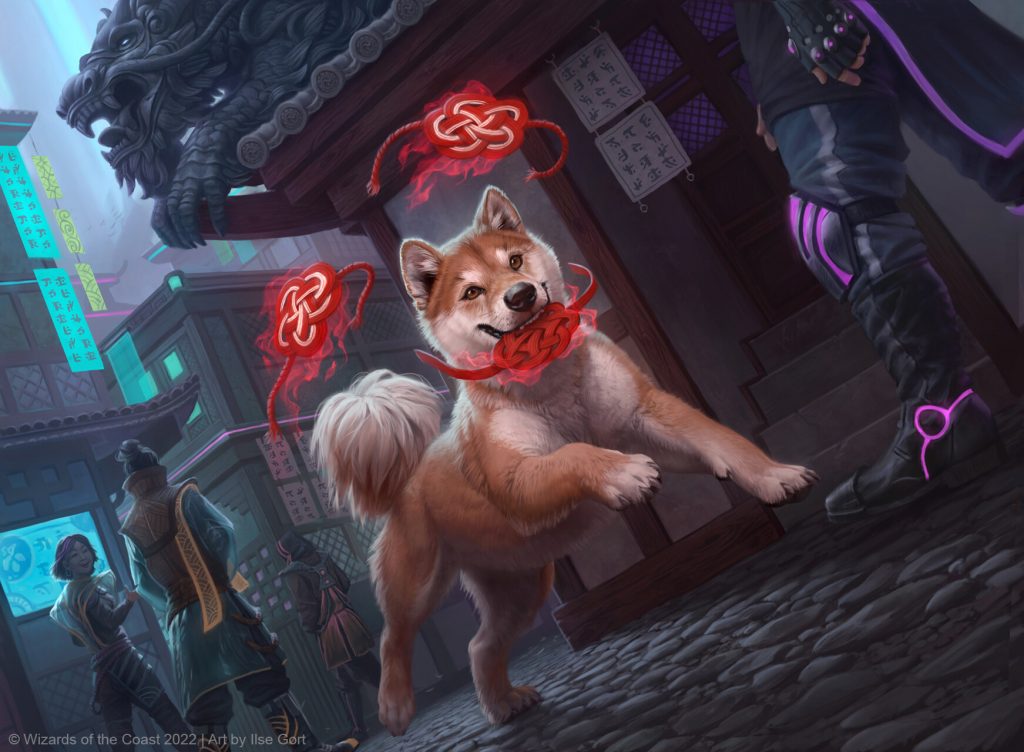
Spirited Companion | Illustration by Ilse Gort
It may not be Vintage Cube or Arena Cube, but Pauper Cube is one of the most balanced, affordable, and competitive ones I’ve ever seen. The power level is well distributed among colors, and there aren't better strategies than others. It all depends on how the cube is built and being responsible for card decisions while avoiding adding vanilla cards.
What do you think? Are you interested in trying this new way to play the game? Let me know in the comments below, or head over to the Draftsim Discord to share your cube with us.
As always, it's been a pleasure. Take care, and we'll catch up in the next one!
Follow Draftsim for awesome articles and set updates: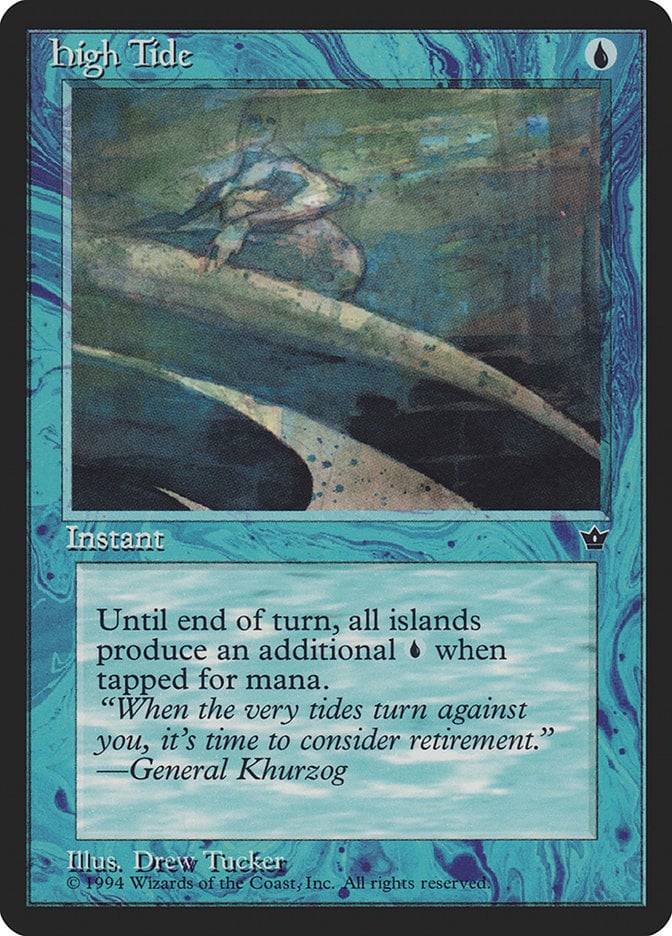
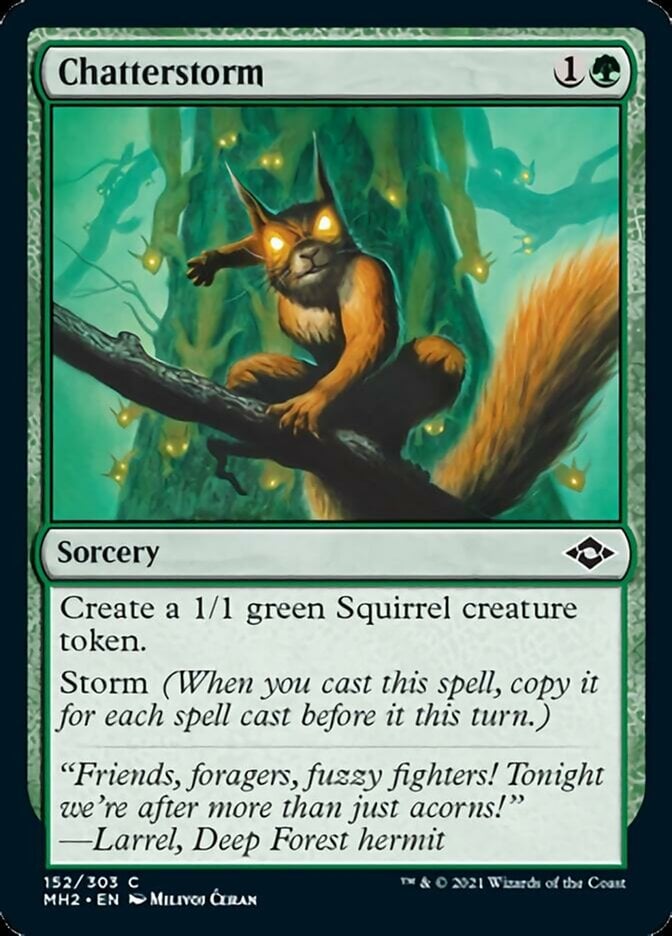
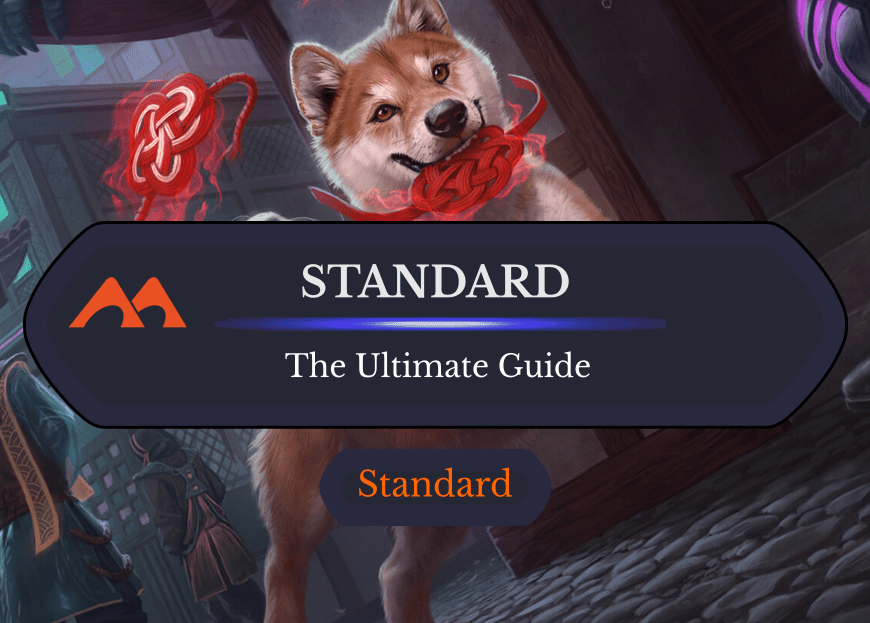
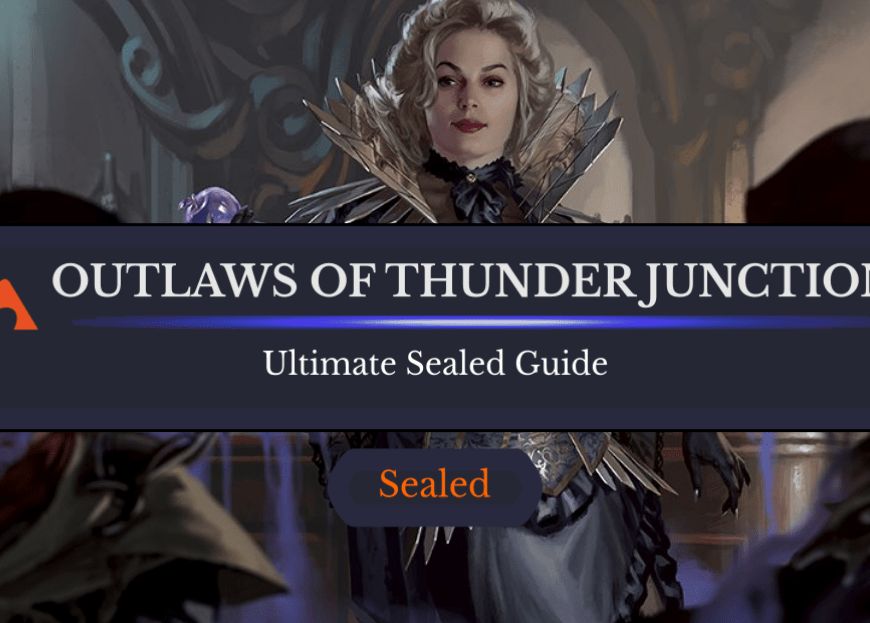
Add Comment